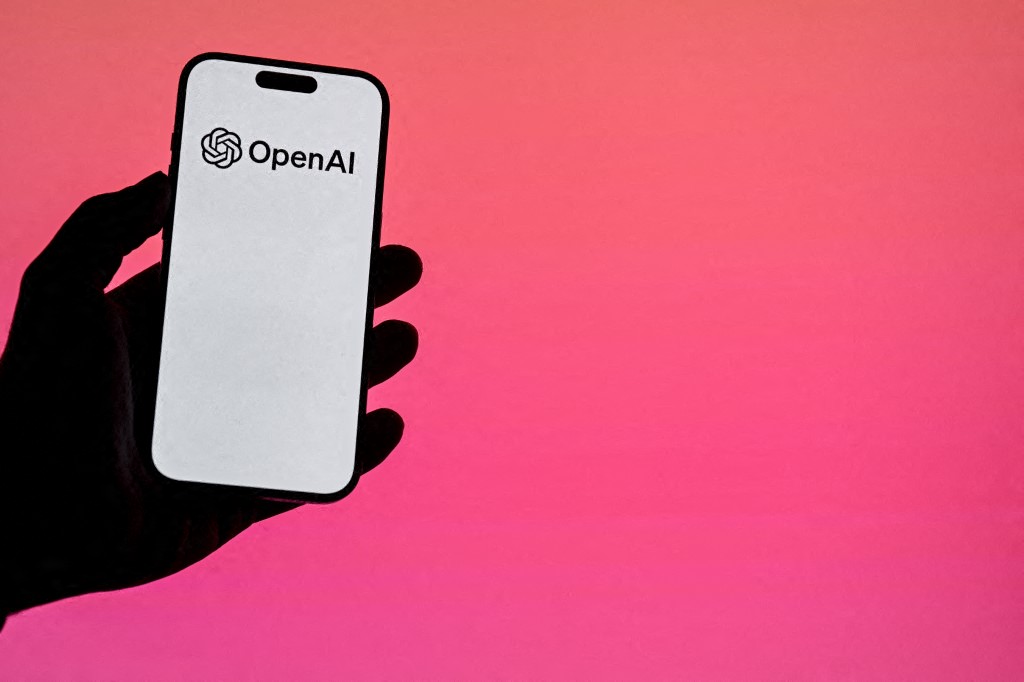Ad security solutions provider, Geoedge published a new report which talks about the new epidemic rising in the digital world- the spread of deceptive ads. The study shows that deceptive ads spreading fake news, leading to scam sites or planting malware on consumers’ devices are damaging publishers and tarnishing brands. Respondents cited that they avoid certain publishers and even end publisher relationships due to deceptive ads on their sites.
Publishers and advertisers are encountering deceptive ads almost every week. These ads spread fake news that includes false or misleading information. There have also been cases where these deceptive ads trick users into thinking they’re going to read more about a certain product or celebrity, but redirect them to scam sites and get their information. Deceptive ads can badly damage on a publishers brand and they need to start taking them seriously, especially since advertising is a key part of a publishers' revenue strategy.

These ads are also time consuming for publishers. Over half of the respondents (56%) say they spend a moderate or large amount of time blocking or eliminating deceptive ads — only 14% of publishers say they devote no time on a weekly basis to this task. Publishers don't have time to focus on building ad revenue or creating diversification strategies.

Out of all the different type of deceptive ad types, ads containing malware are the ones that have historically been most damaging to their businesses and ads that redirect to content other than what’s advertised are the types of deceptive ads most commonly encountered. There's been a massive increase in the amount of fake news being spread last year, especially with the global pandemic. There have now been numerous instances of ads featuring phony treatments and remedies for the disease and the trend is getting noticed.
Publishers cite a wide variety of potential negative outcomes as their top concern when it comes to running deceptive ads related to COVID-19. Foremost among those outcomes are reduced readership (35%) misinformed readers (34%) and reputational damage (20%). For brands, the top concerns are negative consumer sentiment (44%) and consumers who are less likely to share the brand (25%).

Publishers and brands are looking for ways to mitigate from deceptive ads and believe direct partnerships and automated technology will be the way to move forward. A quarter of publishers say they need to work more with automated tools that can detect and block deceptive ads. In an era when advertising revenue is under pressure, the margin for error must be zero and these tools will gain more prominence. Automated detection technologies were always a crucial tool in fighting deceptive ads effectively and efficiently.
It will be important for publishers to develop a process or technology approach that isn’t so blunt that it blocks out legitimate diverse voices and opportunities for brands. Publishers that appeal to families or young children will need to set a higher bar than more liberal or celebrity-driven websites, for example.
Data from the report shows that nearly half (49%) of publishers often, even very often, inadvertently block non-deceptive ads as they’re racing to keep out the bad actors. There is a need for publishers to be able to fine tune an approach to blocking deceptive ads, and that approach includes using keywords, phrases and even blocking certain verticals.

Publishers are more likely to encounter an instance with deceptive ads when they're transacting on open exchanges. Hence, why more publishers are leaning towards direct deals because of safety. 17% of publishers are already moving to direct relationships and a further 16% of publishers say they need to do more of them in the future.
Publishers are already facing alot of hurdles right now with the upcoming eradication of third party cookies. Many publishers are racing to build, advertise and monetize competitive, quality content and deceptive ads are distracting them and harming their brand image and advertiser relationship. And on top of that, the readers are also being affected and losing their trust with publishers.
To win the battle against deceptive ads, publishers need to arm themselves with a mix of technology and human involvement. By blocking occurrences, but also identifying when blocking them becomes too severe, and by creating direct and safe environments for brands to advertise, these steps will result in a safer environment for the reader. A granular approach to identifying and blocking deceptive ads will serve to protect the vital revenue that readers’ perception of value drives, one page view at a time.





